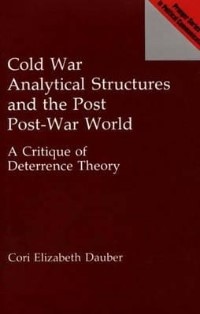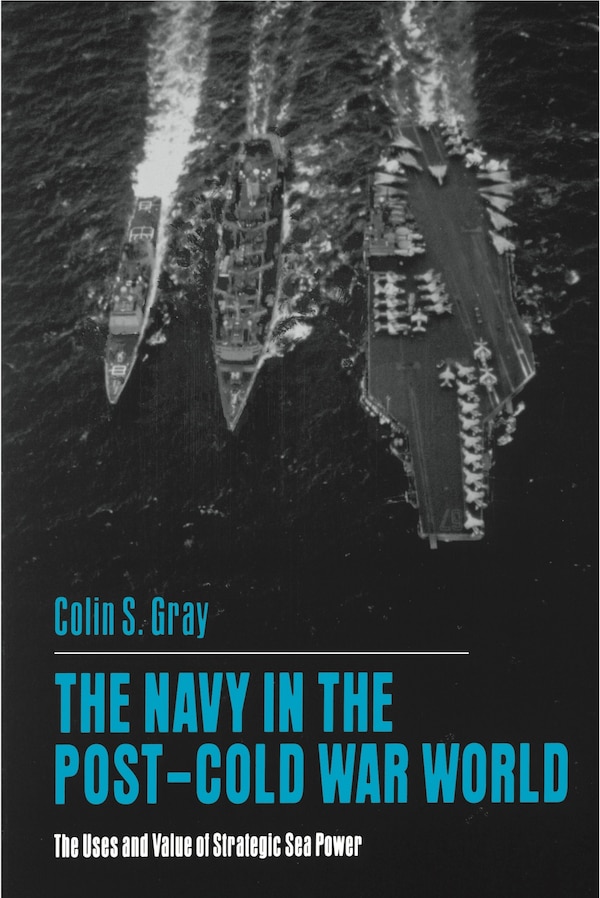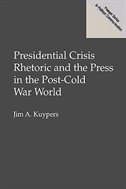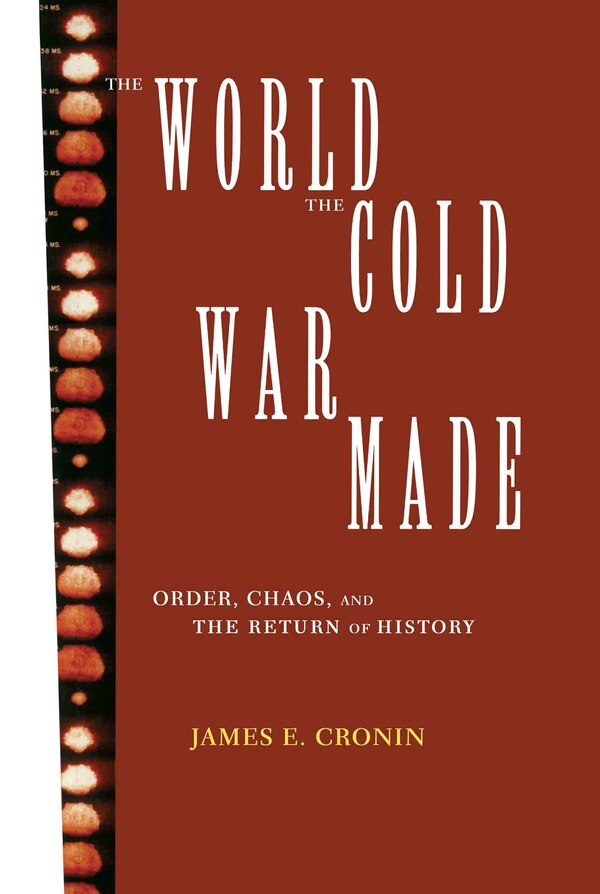
Compare Cold War Analytical Structures and the Post Post-War World by Cori E. Dauber, Hardcover | Indigo Chapters
Cori E. Dauber
$138.95
This volume takes a perspective on the debate over deterrence theory that has never been used before. Other books either address the differences between the two competing schools of thought-those who support Mutual Assured Destruction (MAD) and those who support nuclear warfighting-or examine particular policies from within the perspective of one or the other school of thought. Cori Dauber examines deterrence theory at a structural level, which allows a focus on the similarities between the major perspectives on nuclear strategic doctrine. By examining such issues as validity standards and the evaluation of evidence, Dauber is able to assess deterrence as a theory of persuasion, and to examine the way deterrence discourse so shapes the thinking of policy makers and analysts that it still drives our analysis of alternatives, even in the post-Soviet era. Dauber concludes that deterrence is a system designed to use weapons capabilities as a form of non-verbal communication with an Other-for the last forty years, the Soviet Other. Understanding these rhetorical structures and the way they function is essential in predicting the restrictions that deterrence places on the way the United States responds to foreign nations. Cold War Analytical Structures and the Post Post-War World serves as a model for how scholars in argument and persuasion can apply their methods to real world situations. | Cold War Analytical Structures and the Post Post-War World by Cori E. Dauber, Hardcover | Indigo Chapters







